Museums and Art in El Salvador, nestled in the heart of Central America, is a nation with a profound cultural heritage that weaves together indigenous legacies, colonial influences, and contemporary expressions. The artistic landscape of El Salvador reflects the resilience and creativity of its people, embodying a narrative that transcends time. In this comprehensive exploration, we will delve into the prominent museums of El Salvador, each serving as a custodian of the nation’s artistic treasures, and illuminate the lives and works of maestros who have played pivotal roles in shaping El Salvador’s cultural narrative.
Museo de Arte de El Salvador (MARTE), San Salvador
MARTE – A Cultural Gem in San Salvador
URL: Museo de Arte de El Salvador (MARTE)
Bridging Centuries: Colonial Roots to Contemporary Visions
Permanent Collections and Rotating Exhibitions
Museo de Arte de El Salvador, commonly known as MARTE, is a cultural gem in San Salvador that bridges centuries, showcasing both colonial roots and contemporary visions. The museum features maestros like Fernando Llort, a painter and sculptor whose contributions epitomize the fusion of traditional and modern artistic expressions.
Fernando Llort: Visionary of Salvadoran Folk Art
Murals, Paintings, and Ecclesiastical Art
Fernando Llort’s artistic vision has left an indelible mark on Salvadoran folk art. MARTE becomes a gallery where visitors can marvel at Llort’s murals, paintings, and ecclesiastical art, each piece telling a story that resonates with the cultural identity of El Salvador.
Educational Programs: Nurturing Artistic Appreciation
Workshops, Lectures, and Art Education Initiatives
MARTE actively engages in nurturing artistic appreciation through workshops, lectures, and art education initiatives. The museum becomes a dynamic space where visitors of all ages can deepen their understanding of Salvadoran art, fostering a connection between past and present.
Museo Nacional de Antropología Dr. David J. Guzmán, San Salvador
Exploring Identity – Museo Nacional de Antropología
URL: Museo Nacional de Antropología Dr. David J. Guzmán
Pre-Columbian Marvels: Unveiling Indigenous Heritage
Archaeological Exhibits and Cultural Artifacts
Museo Nacional de Antropología Dr. David J. Guzmán is dedicated to exploring identity, unveiling El Salvador’s indigenous heritage through archaeological exhibits and cultural artifacts. The museum features maestros like Rosa Mena Valenzuela, an artist whose depictions of pre-Columbian life contribute to the preservation of indigenous narratives.
Rosa Mena Valenzuela: Guardian of Indigenous Narratives
Contemporary Art Inspired by Pre-Columbian Traditions
Rosa Mena Valenzuela’s contemporary artworks serve as guardians of indigenous narratives, drawing inspiration from pre-Columbian traditions. Museo Nacional de Antropología becomes a sanctuary where visitors can immerse themselves in the visual poetry of Mena Valenzuela’s creations, connecting with the roots of Salvadoran culture.
Cultural Workshops: Hands-On Learning
Interactive Programs and Community Outreach
The museum actively engages in hands-on learning through cultural workshops and community outreach programs. Museo Nacional de Antropología becomes a hub for interactive programs, inviting visitors to actively participate in the exploration and preservation of El Salvador’s rich cultural heritage.
Museo Forma, San Salvador
Forma – Shaping Contemporary Salvadoran Art
URL: Museo Forma
Contemporary Expressions: From Sculpture to New Media
Exhibitions on Contemporary Art and Emerging Artists
Museo Forma in San Salvador is dedicated to shaping contemporary Salvadoran art, featuring exhibitions on various art forms, from sculpture to new media. The museum showcases maestros like Mayra Barraza, a contemporary painter known for her abstract and thought-provoking artworks.
Mayra Barraza: Abstract Explorations in Contemporary Art
Innovative Approaches to Painting
Mayra Barraza’s innovative approaches to painting bring abstract explorations to the forefront of Salvadoran contemporary art. Museo Forma becomes a dynamic space where visitors can engage with the evolving language of contemporary artists like Barraza, reflecting the diversity of creative expressions in El Salvador.
Artistic Residencies: Fostering Creative Exchange
International Collaborations and Residency Programs
The museum actively fosters creative exchange through artistic residencies and international collaborations. Museo Forma becomes a platform for Salvadoran artists to connect with global perspectives, contributing to the enriching dialogue within the contemporary art scene.
Museo Tin Marín, San Salvador
Tin Marín – A Wonderland for Children and Families
URL: Museo Tin Marín
Artistic Playgrounds: Nurturing Creativity in Children
Interactive Exhibits and Educational Programs
Museo Tin Marín is a wonderland for children and families, offering artistic playgrounds that nurture creativity through interactive exhibits and educational programs. The museum features maestros like Óscar López, a children’s book illustrator whose whimsical creations inspire young minds.
Óscar López: Illustrator of Imagination
Children’s Book Art and Storytelling
Óscar López’s illustrations bring imagination to life, creating a world of wonder within Museo Tin Marín. The museum becomes a vibrant space where children can explore the magic of storytelling and art, fostering a love for creativity from an early age.
Family Workshops: Creating Art Together
Hands-On Art Activities and Family-Focused Events
The museum actively promotes family engagement through hands-on art activities and family-focused events. Museo Tin Marín becomes a hub for creating art together, emphasizing the importance of artistic expression in family dynamics.
Museo de la Palabra y la Imagen (MUPI), San Salvador
MUPI – Preserving Words and Images
URL: Museo de la Palabra y la Imagen (MUPI)
Cultural Archives: From Oral Histories to Photographic Exhibits
Exhibitions on Salvadoran History and Cultural Documentation
Museo de la Palabra y la Imagen, known as MUPI, is dedicated to preserving words and images, featuring exhibitions on Salvadoran history and cultural documentation. The museum includes maestros like Valero Lecha, a photographer whose lens captures the essence of El Salvador’s social and political landscapes.
Valero Lecha: Lens on Salvadoran Realities
Photographic Essays and Social Commentary
Valero Lecha’s photographic essays serve as a powerful form of social commentary, offering insights into Salvadoran realities. MUPI becomes a repository where visitors can explore the visual narratives that document the nation’s history and cultural transformations.
Documentary Screenings: Storytelling through Film
Cinematic Narratives and Cultural Events
The museum actively engages in storytelling through film by hosting documentary screenings and cultural events. MUPI becomes a cinematic space where visitors can delve into the multidimensional narratives of El Salvador, as captured through the lens of filmmakers and documentarians.
Conclusion
El Salvador’s artistic tapestry is a vibrant collage that unfolds within the walls of its museums, each a custodian of the nation’s cultural wealth. These cultural institutions, from MARTE’s exploration of colonial roots to MUPI’s preservation of words and images, contribute to the dynamic artistic landscape of El Salvador.
The maestros featured in this exploration, from Fernando Llort’s fusion of traditional and modern expressions to Valero Lecha’s lens on Salvadoran realities, have played integral roles in shaping El Salvador’s cultural identity. As we traverse the diverse museums of El Salvador, we embark on a journey that reflects the resilience, creativity, and cultural richness of a nation whose artistic treasures continue to enrich the global dialogue of cultural expression. This exploration is a celebration of El Salvador’s artistic heritage, a testament to the enduring spirit of its people, and a recognition of the transformative power of creativity in shaping the soul of a nation.


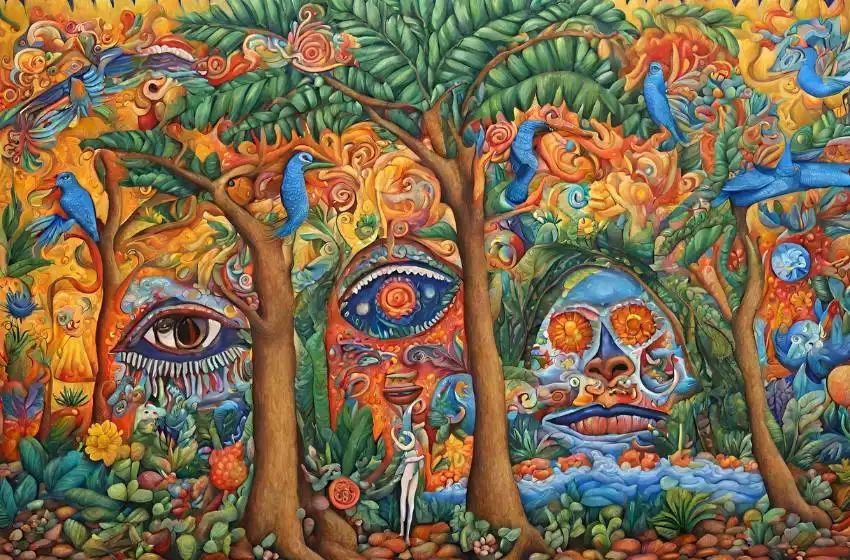


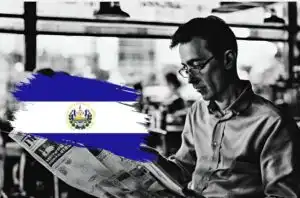
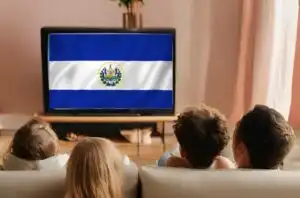

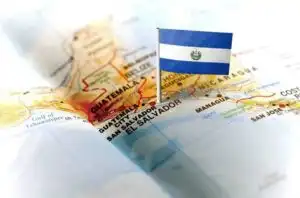
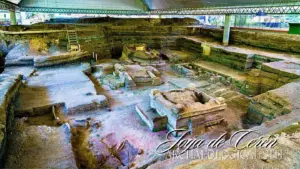

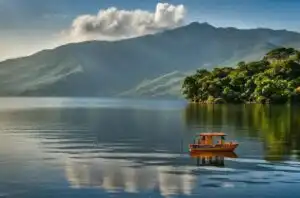
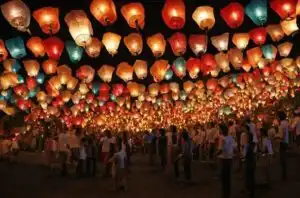
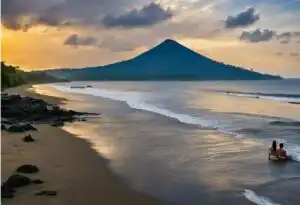
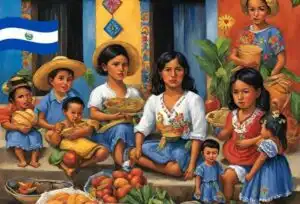


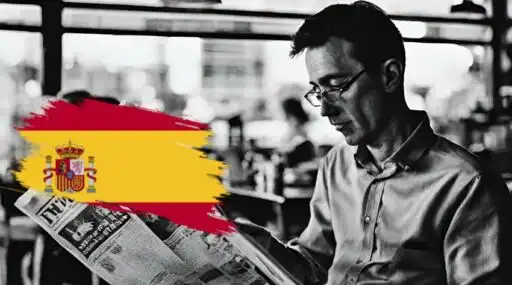
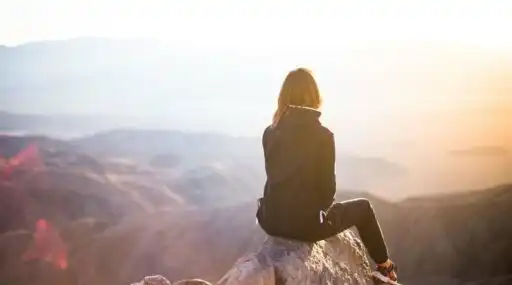
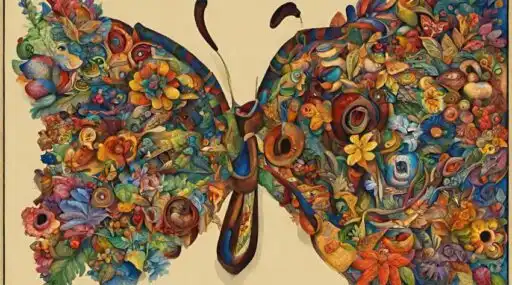
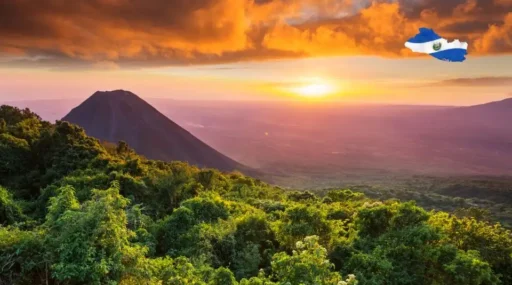
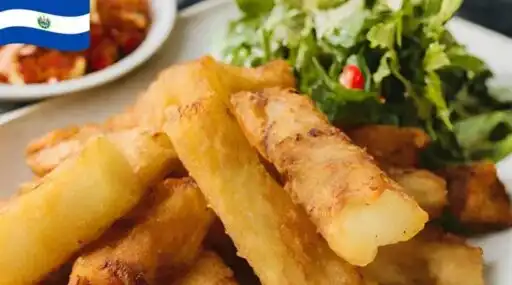


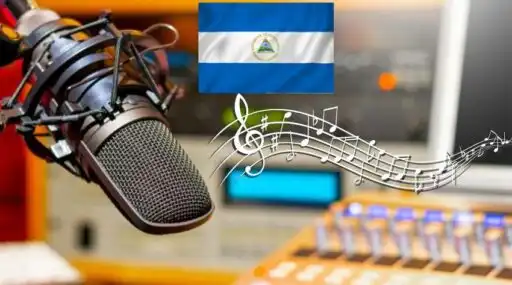
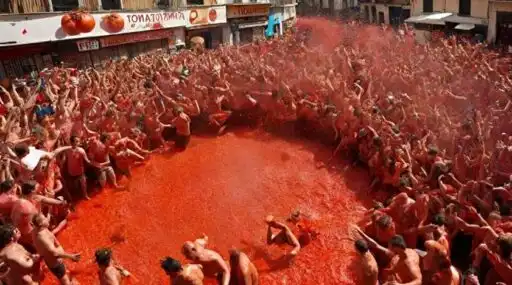

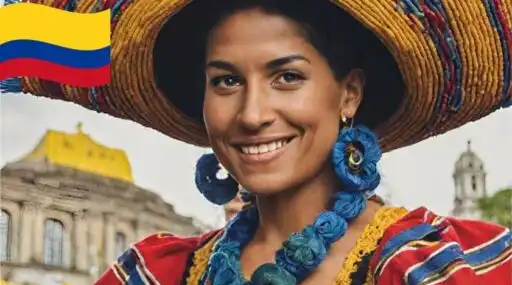
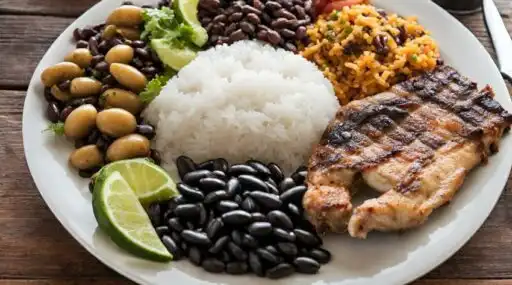


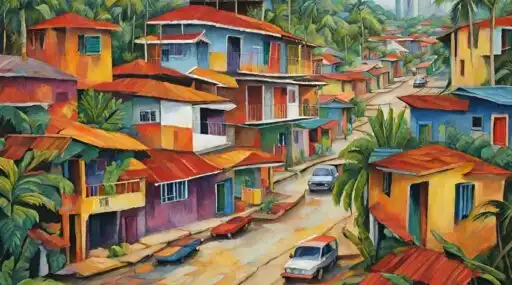
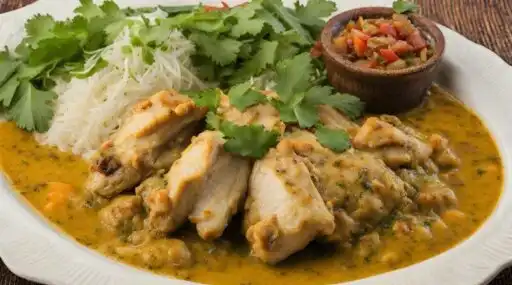
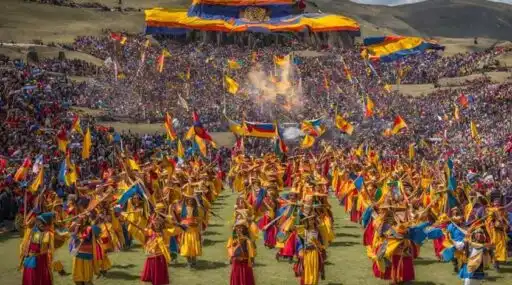
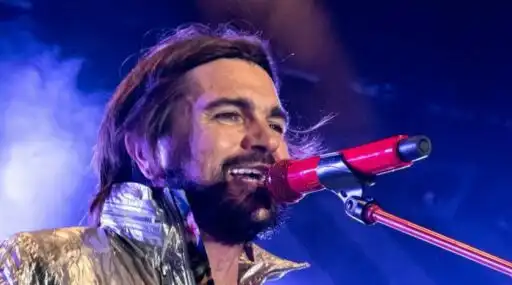
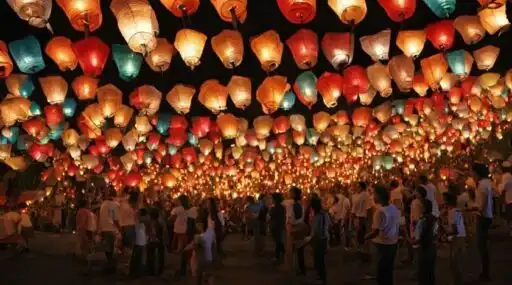

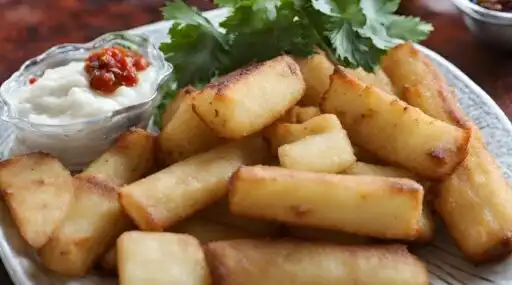
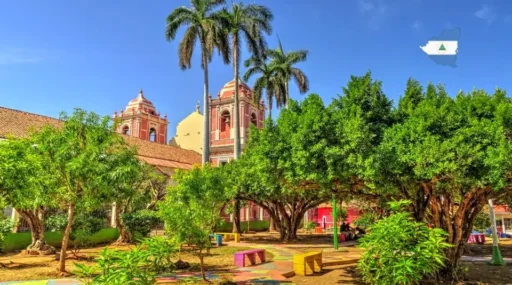

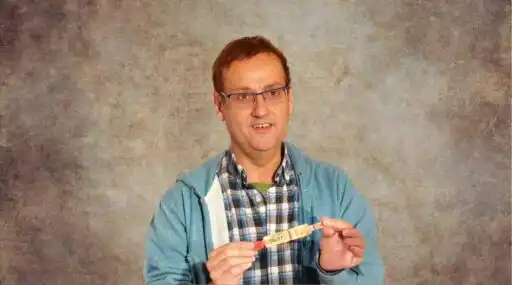


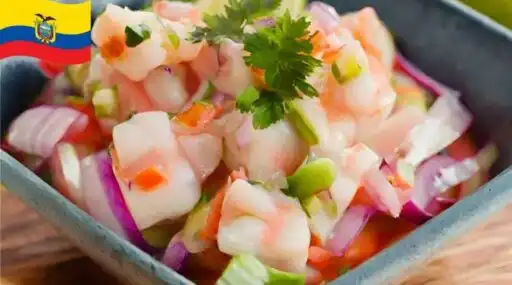
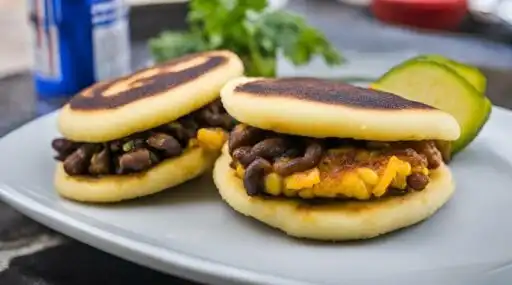
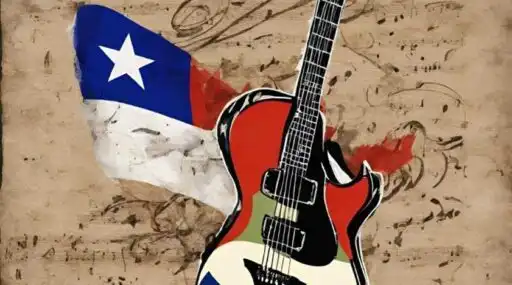

Leave a Reply